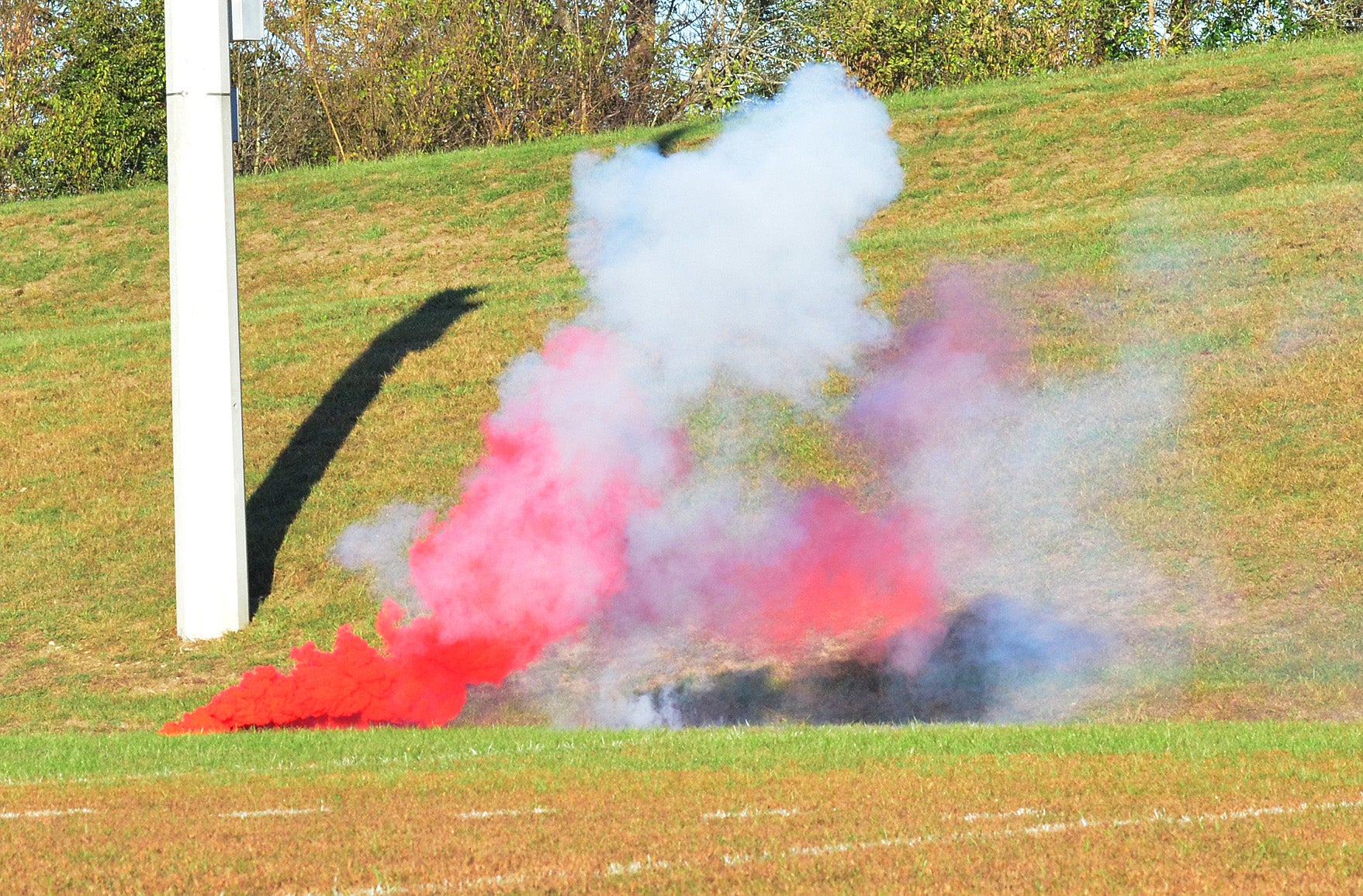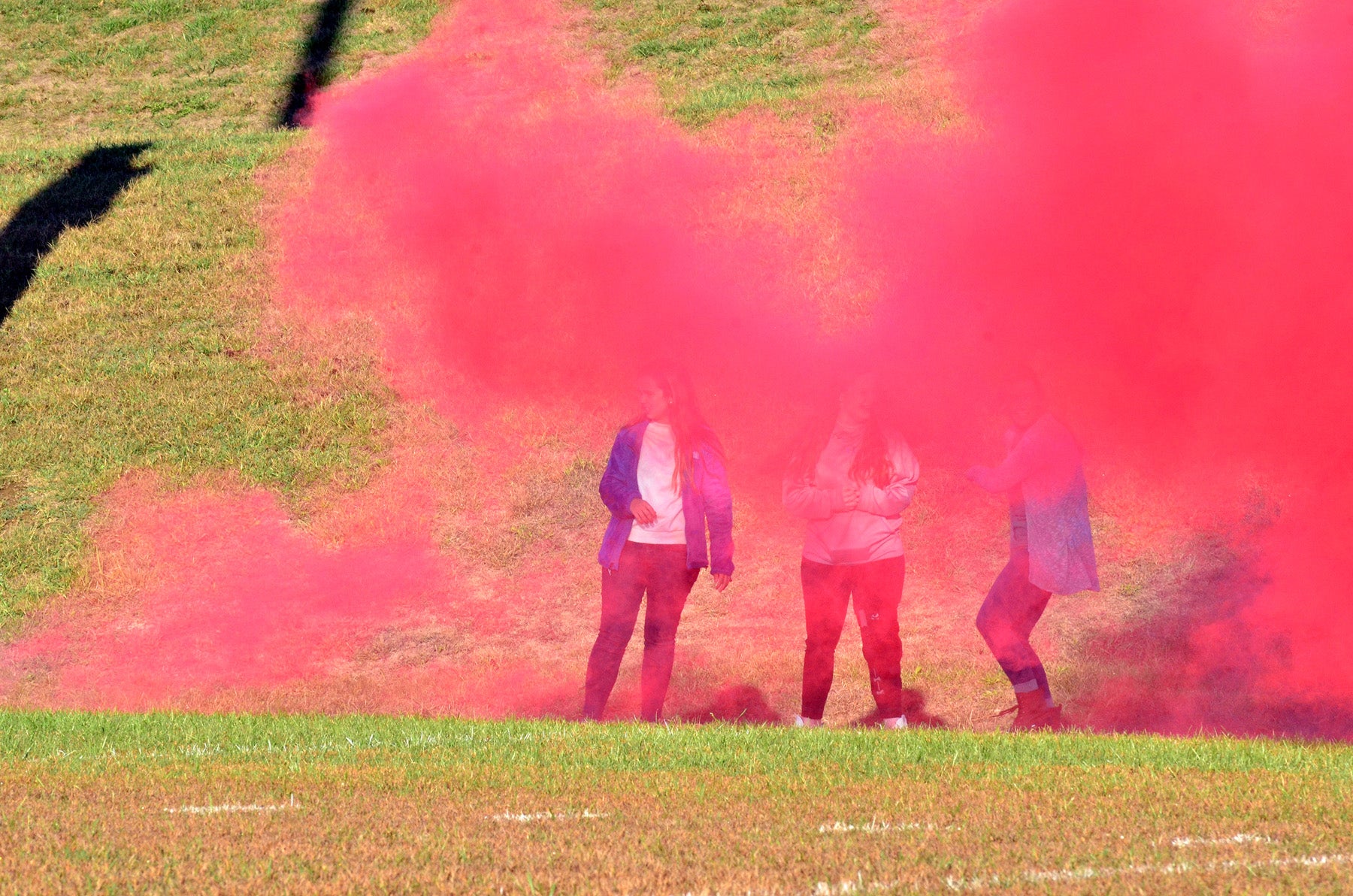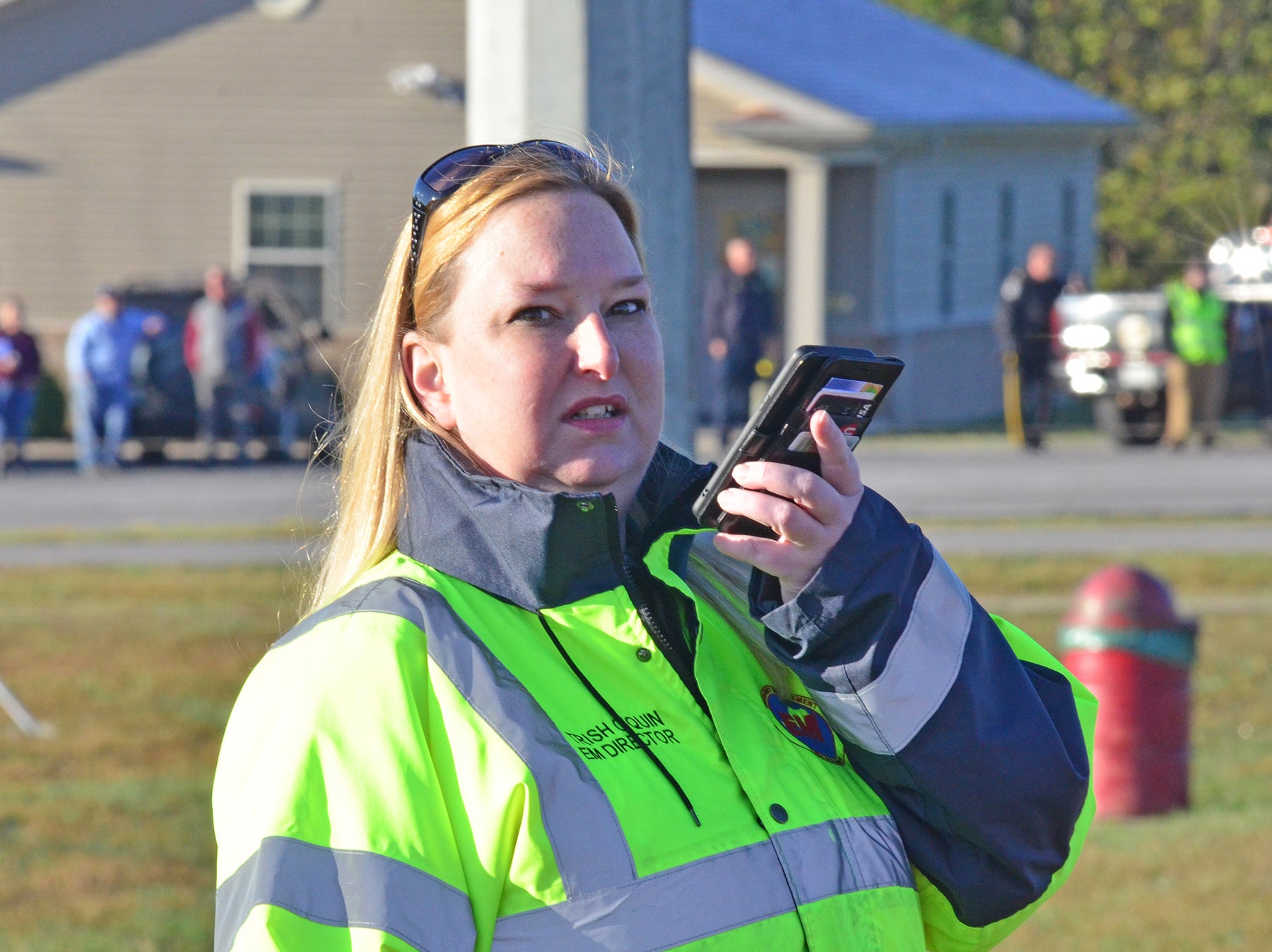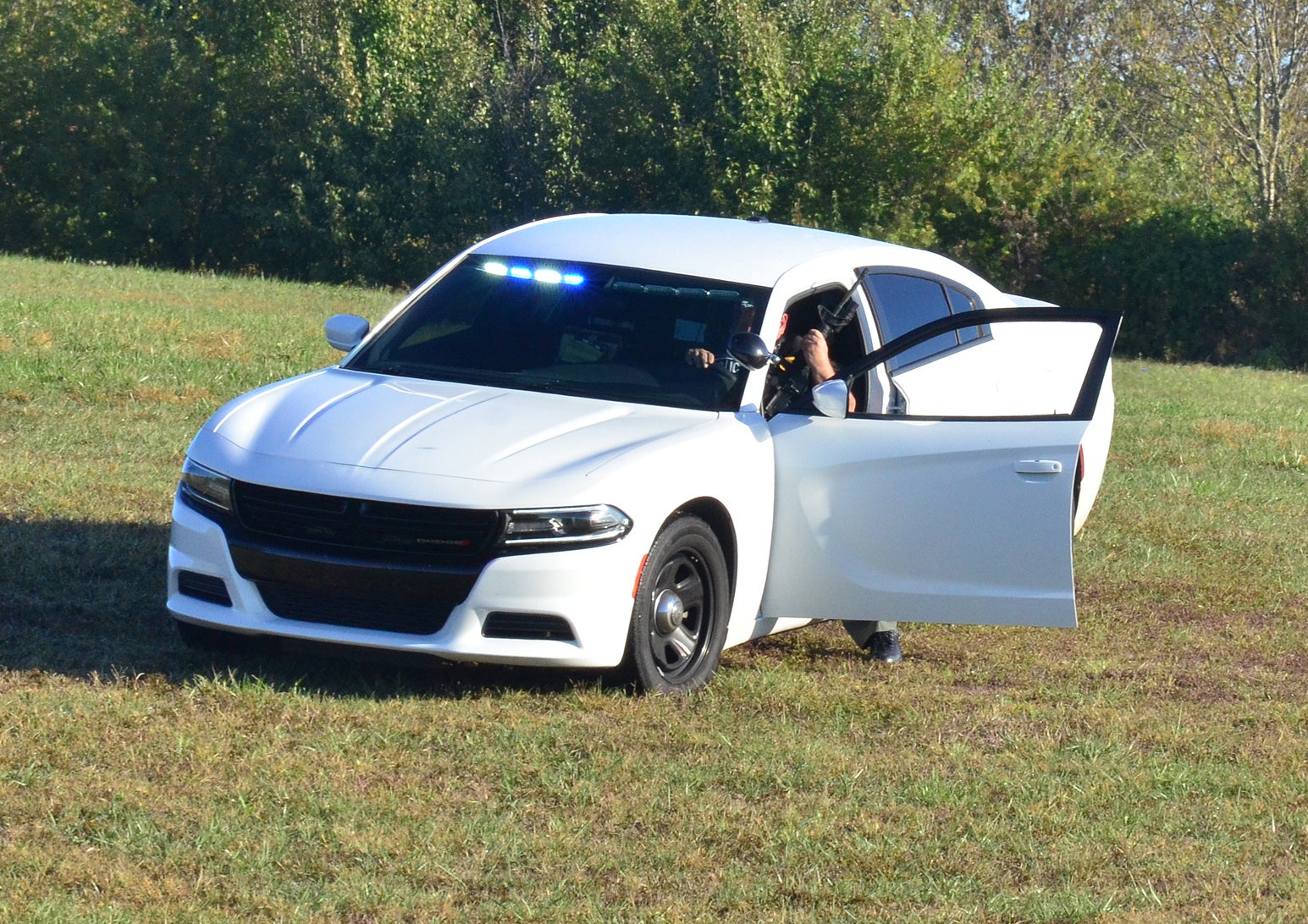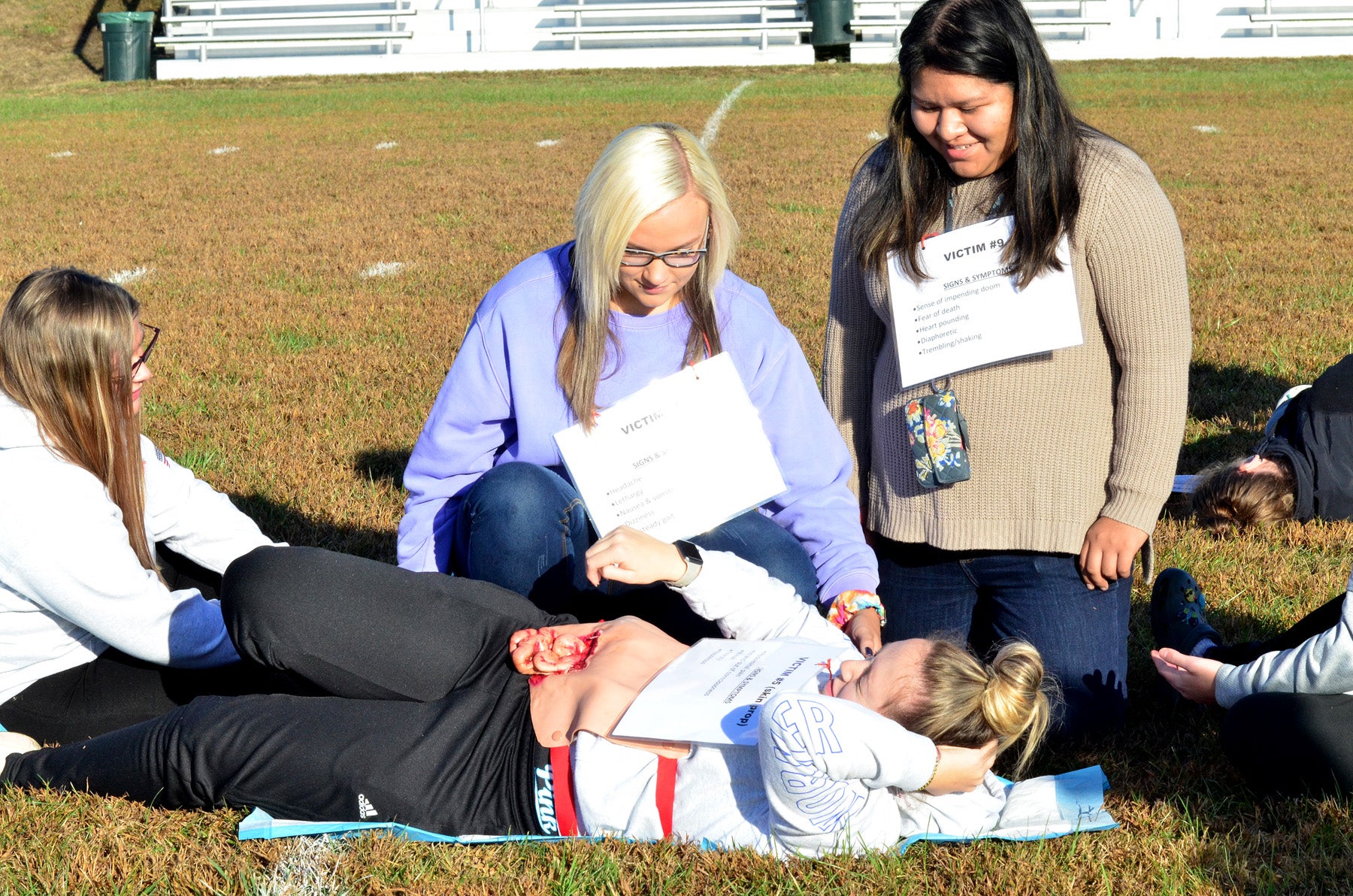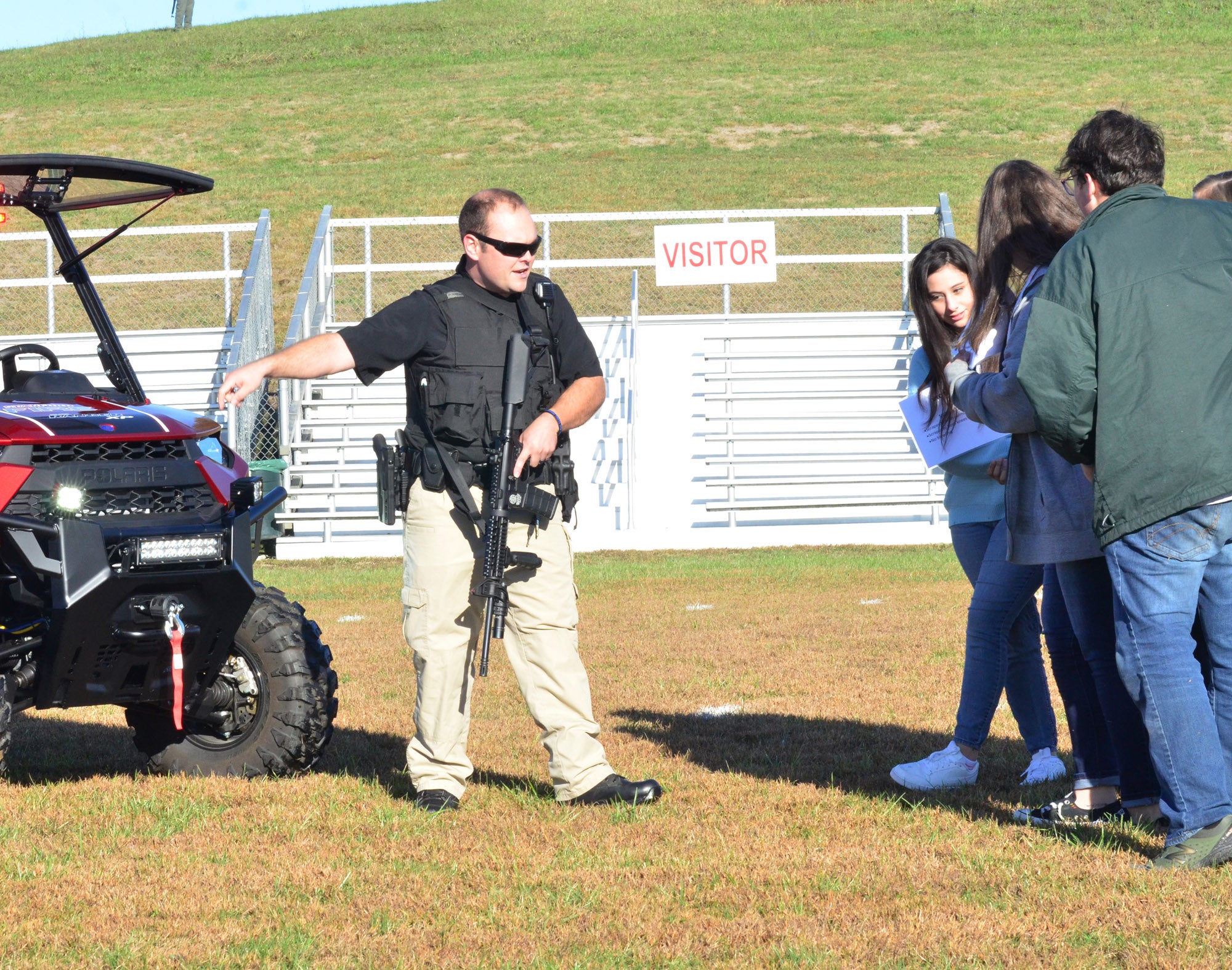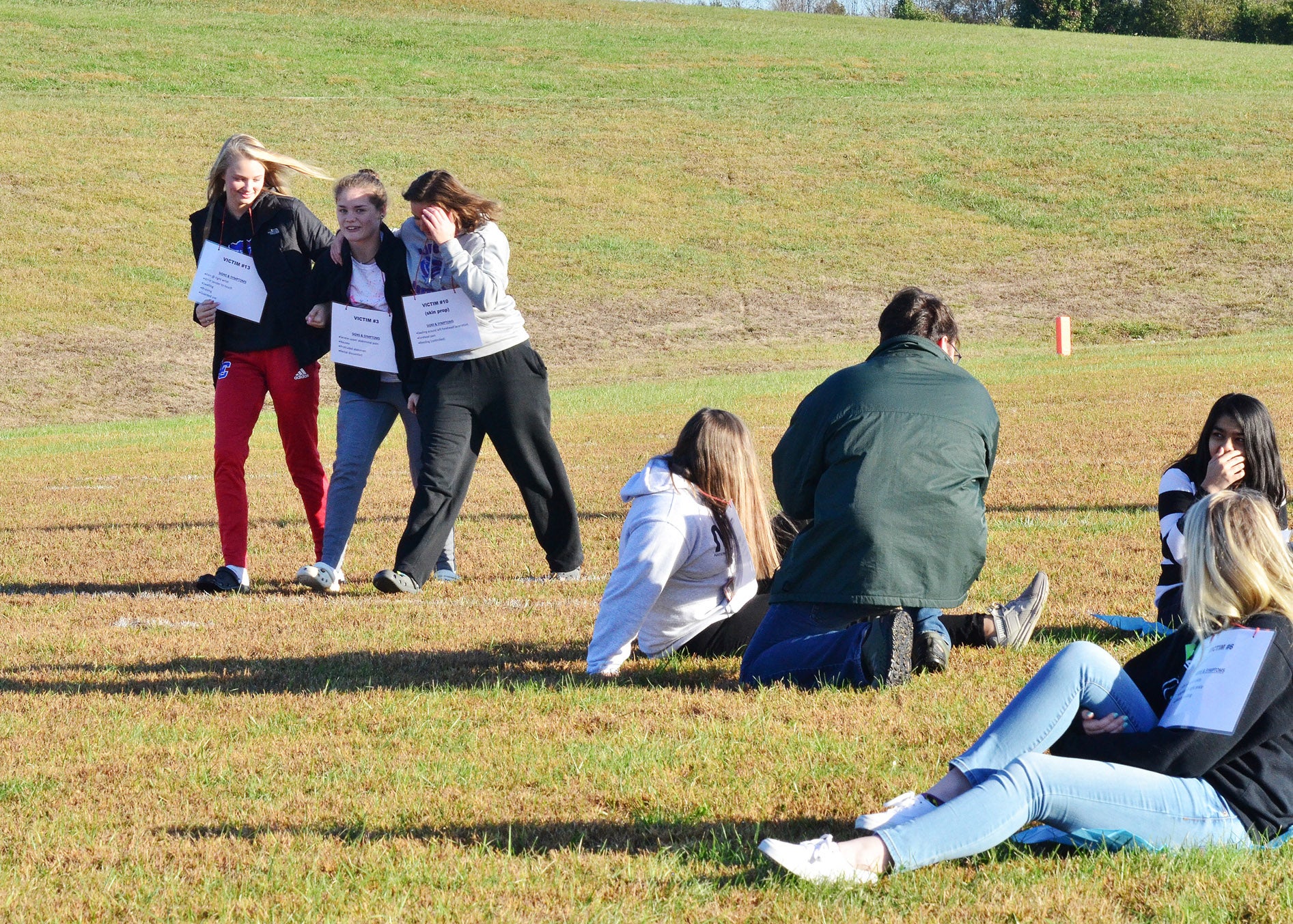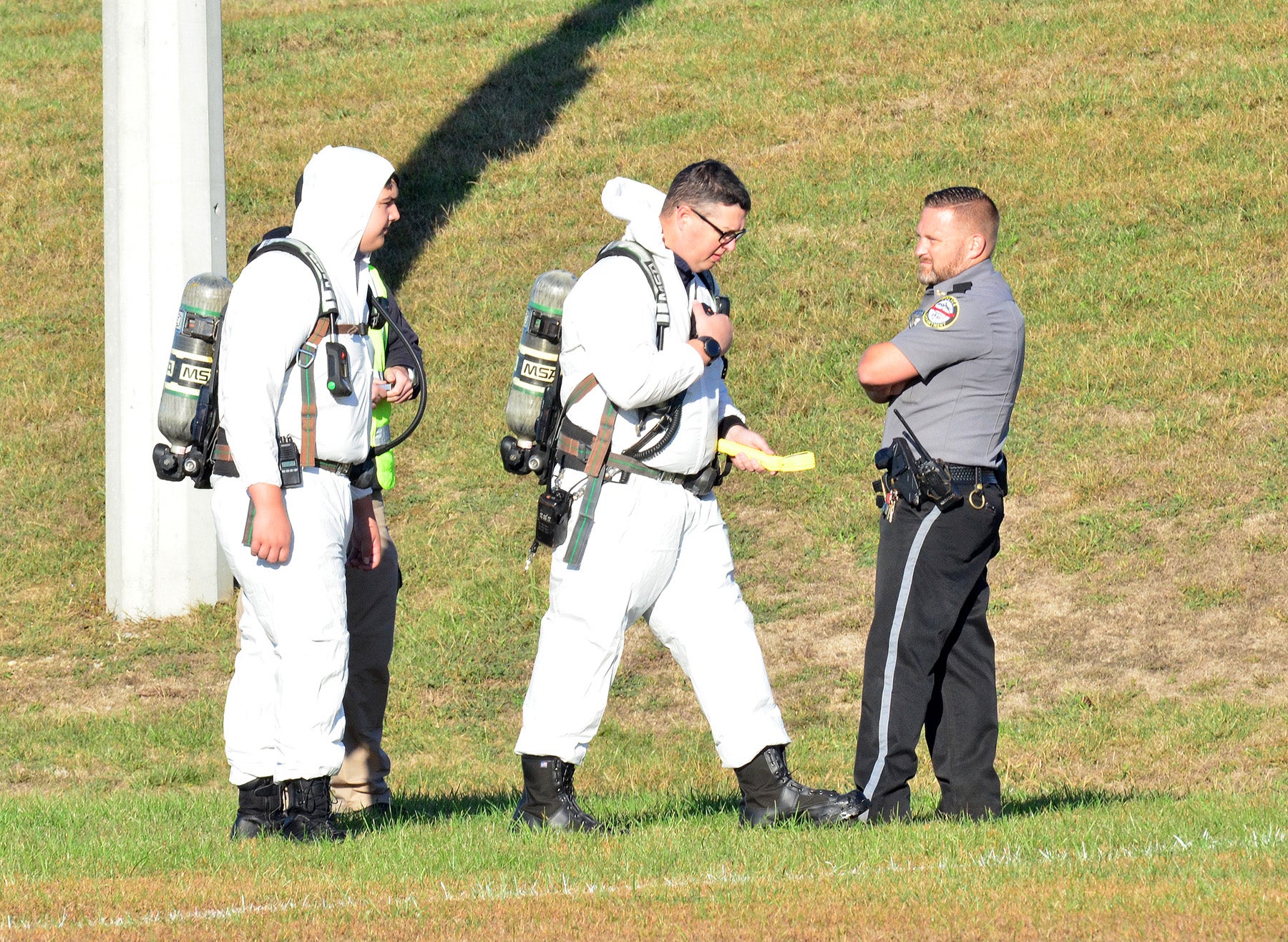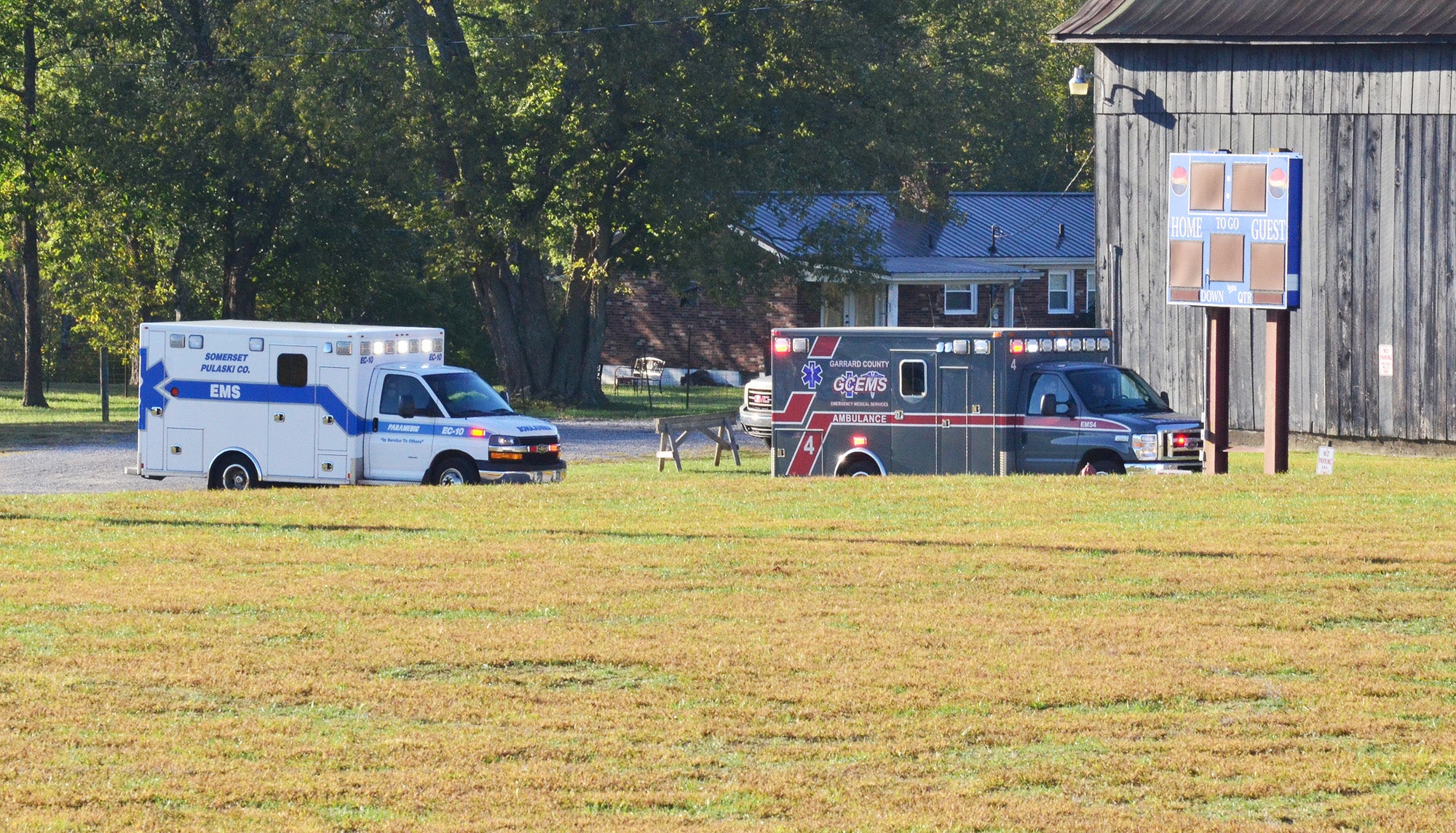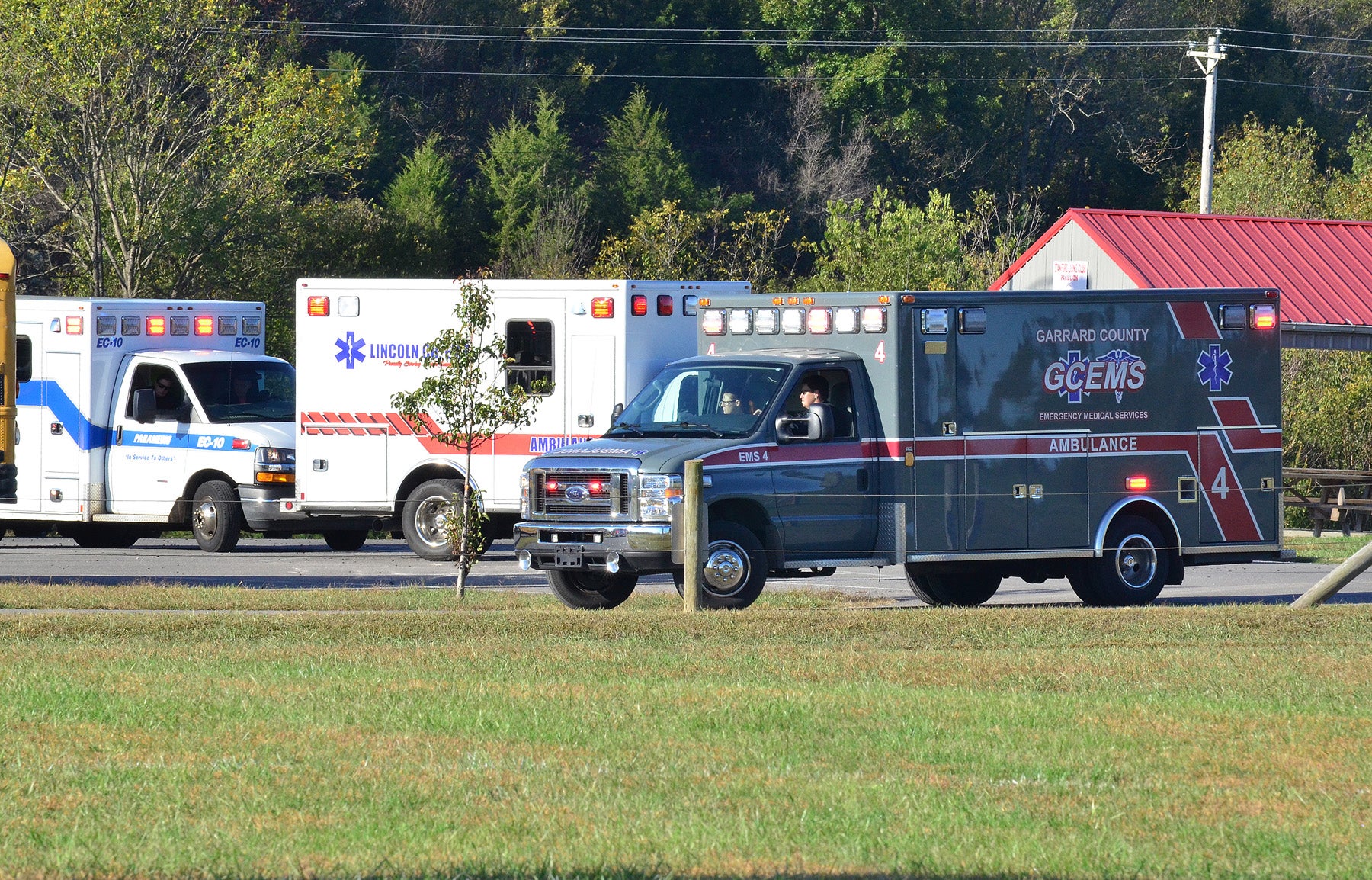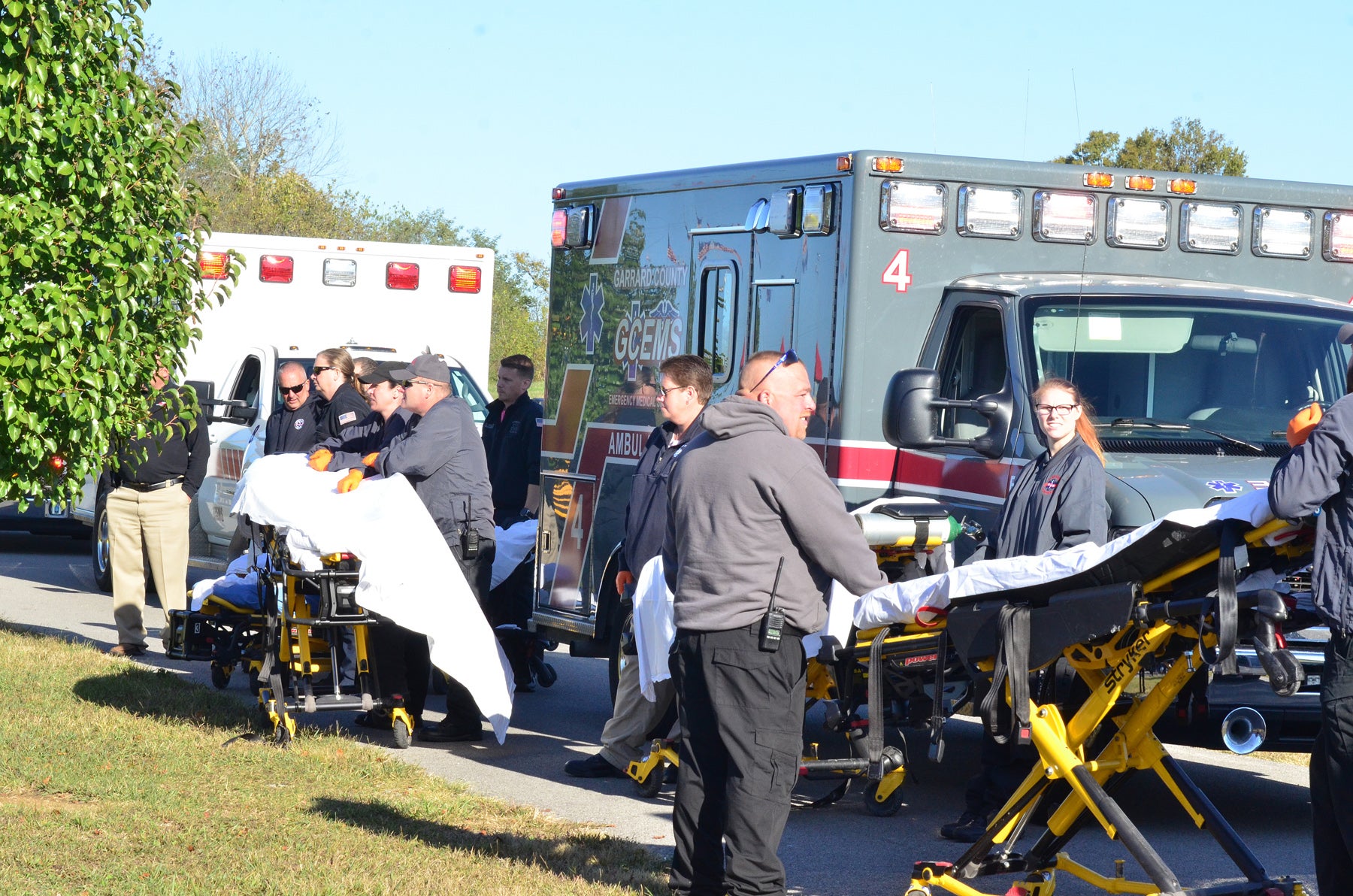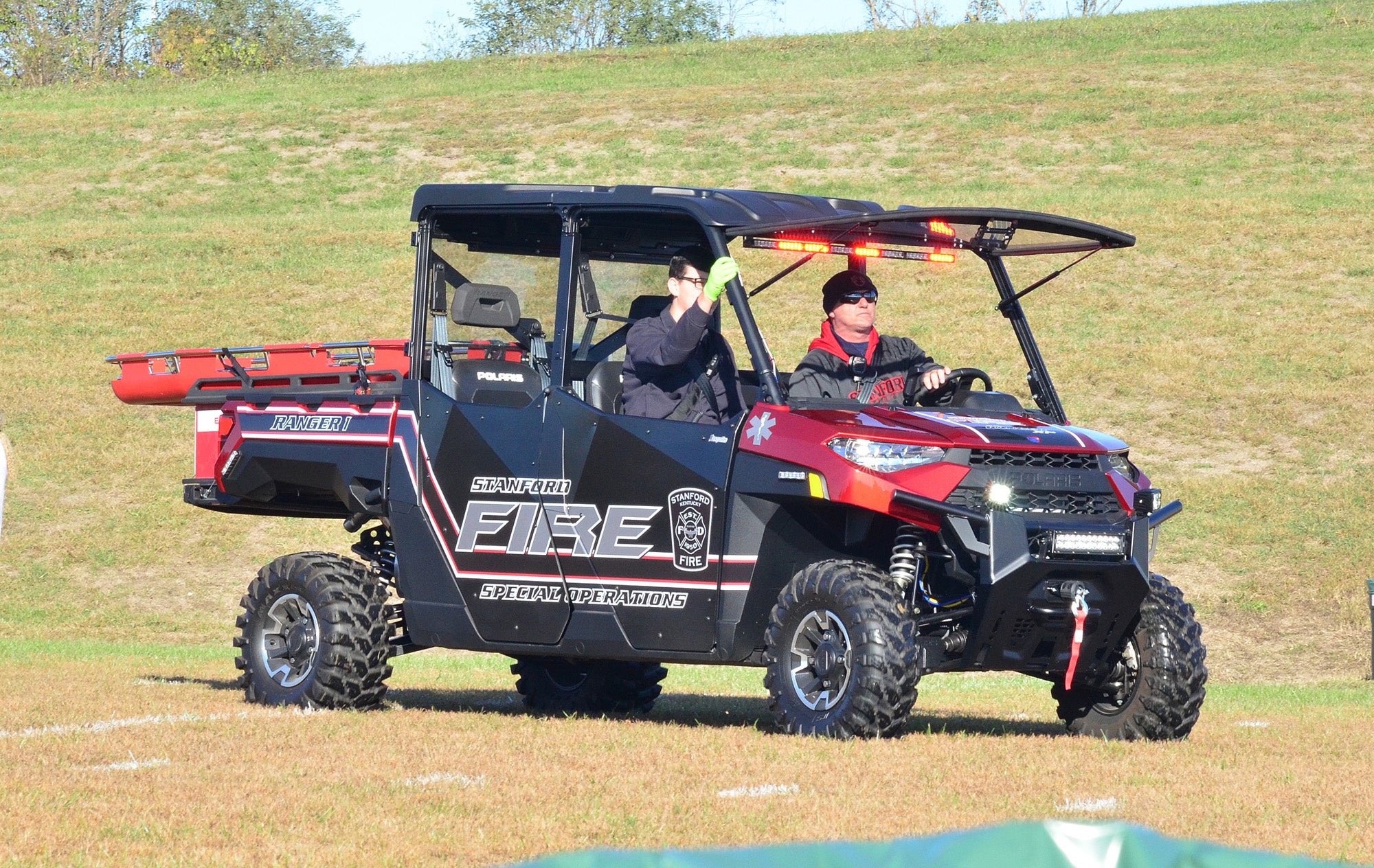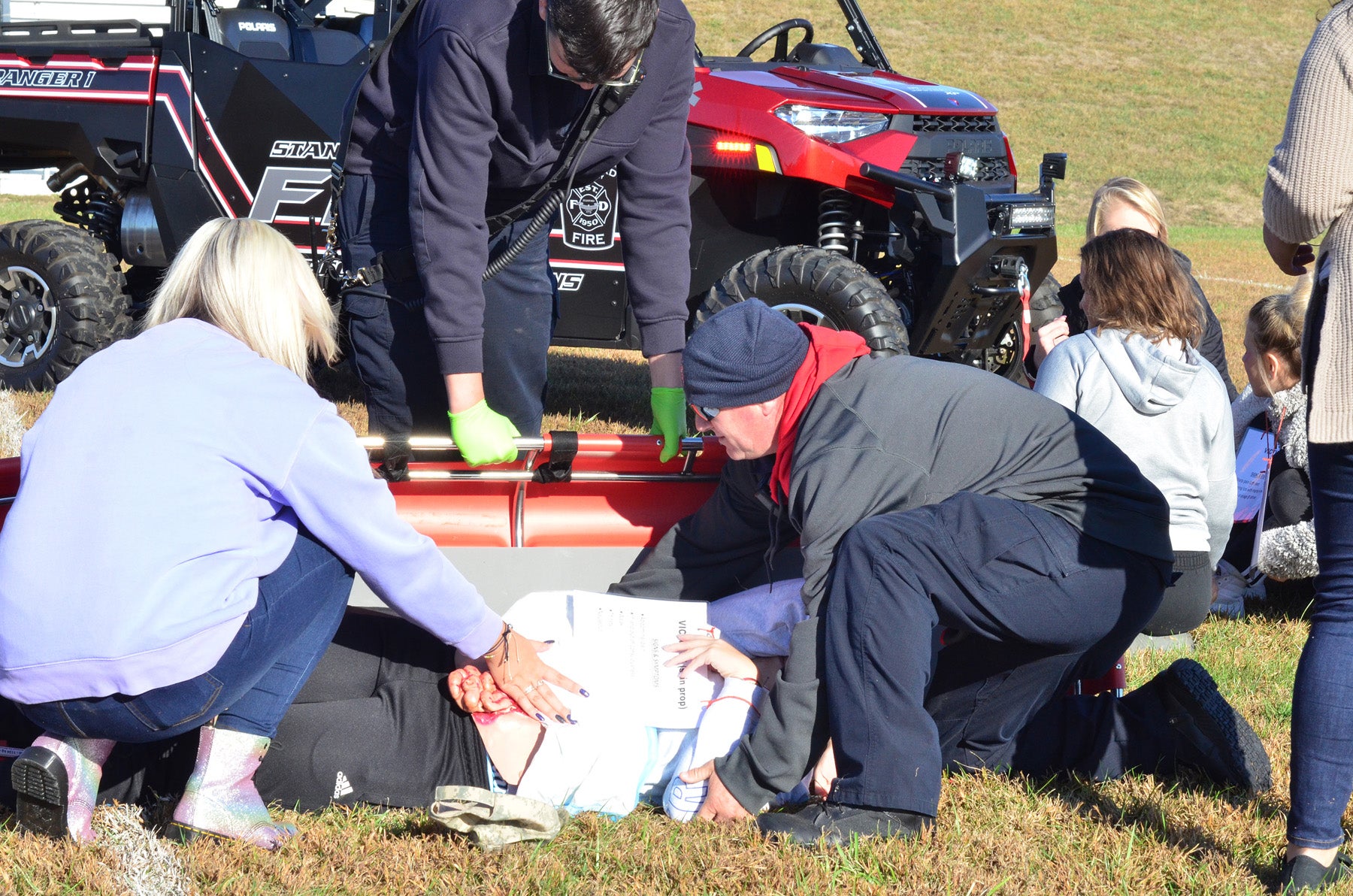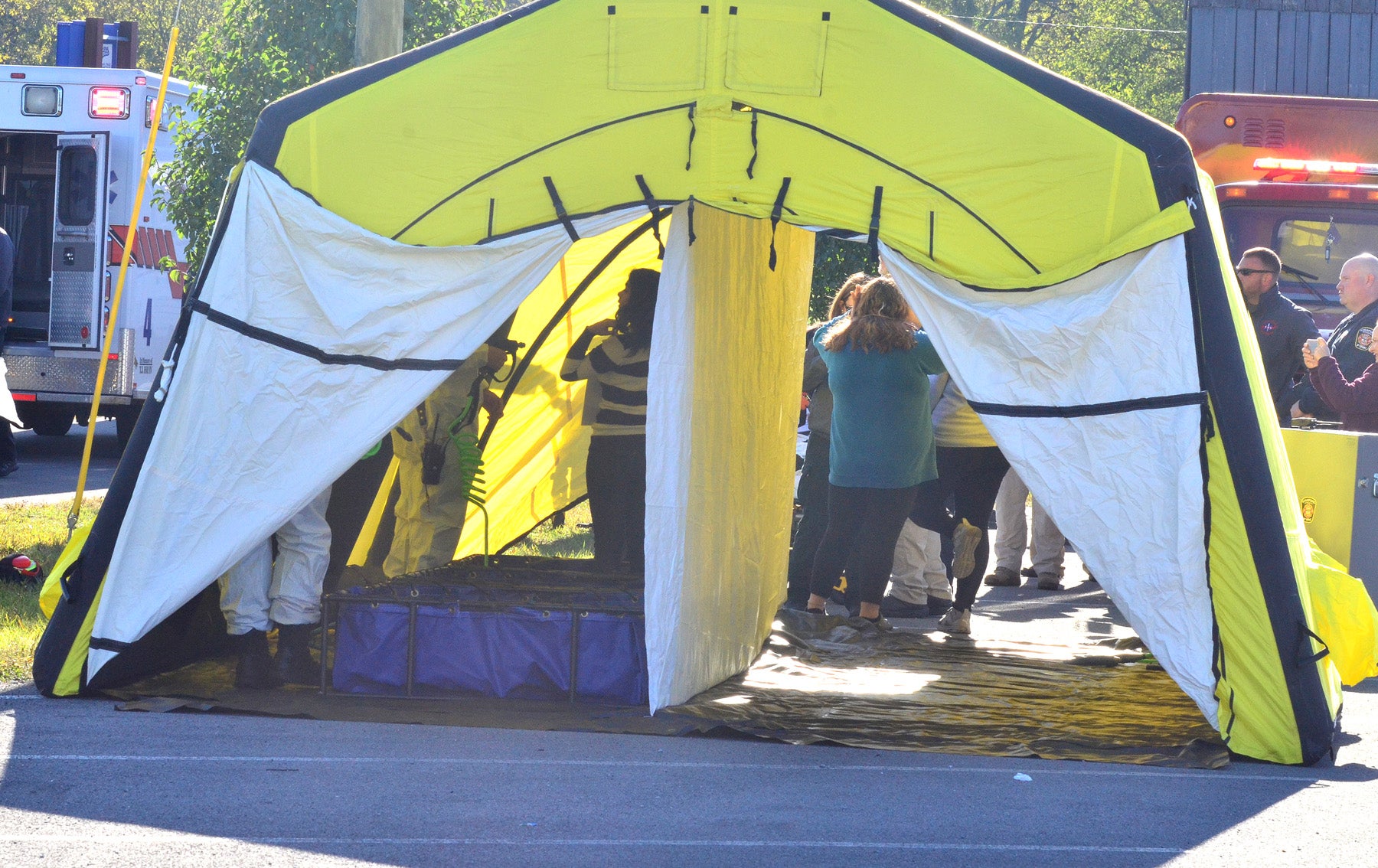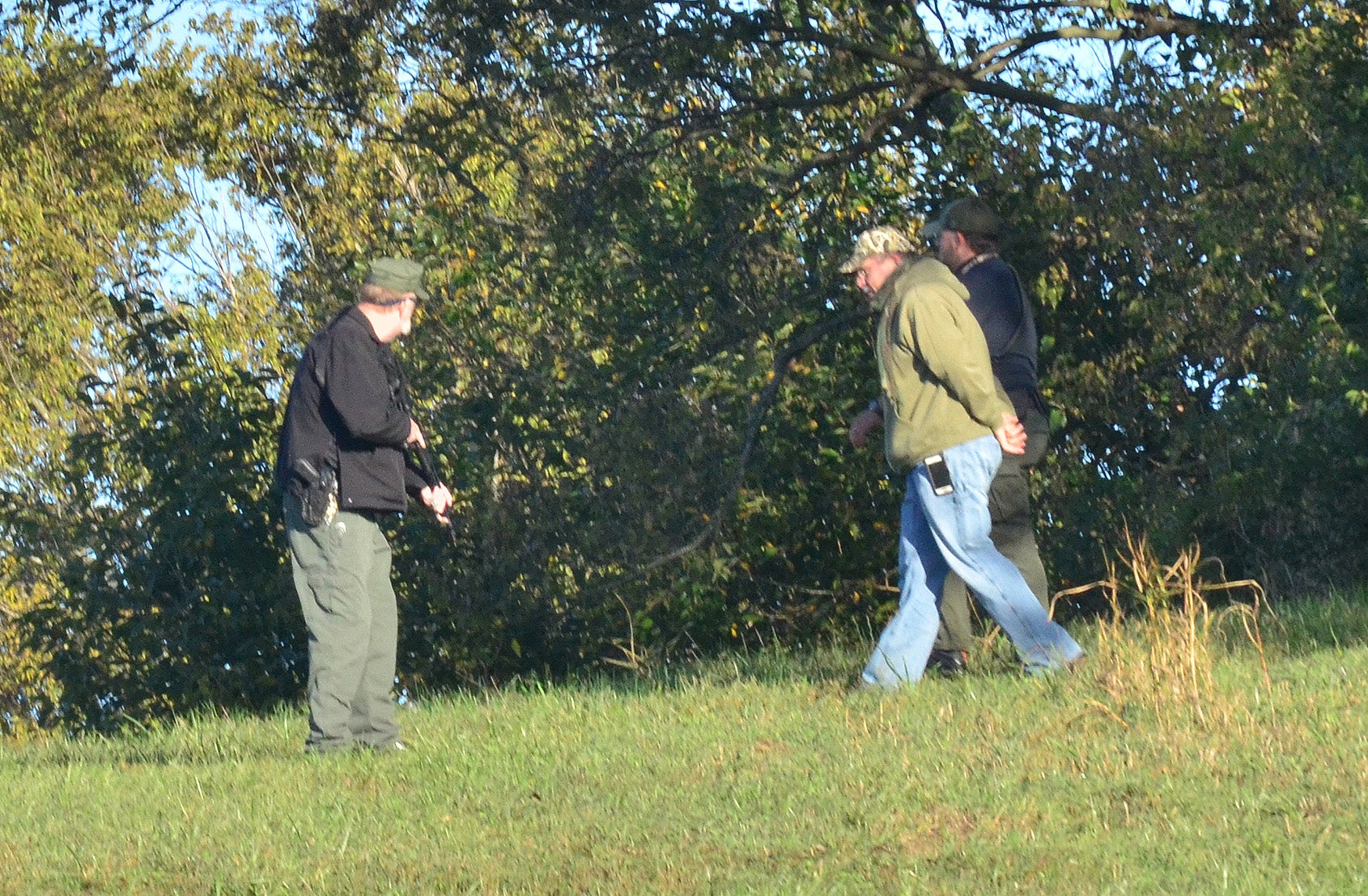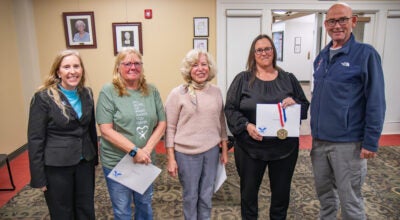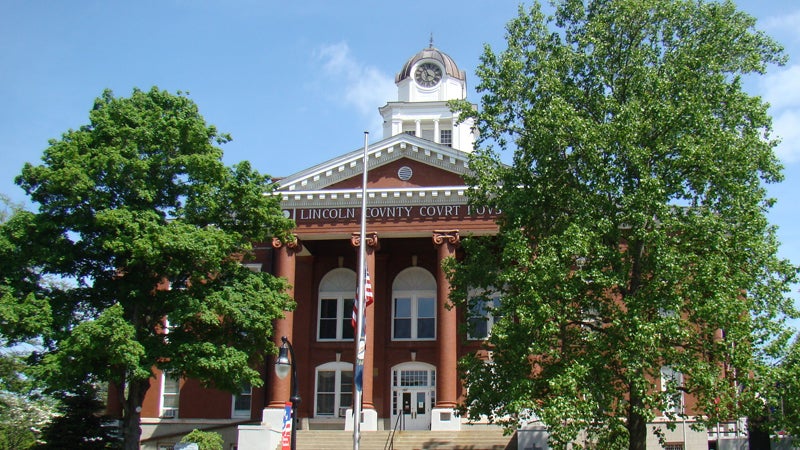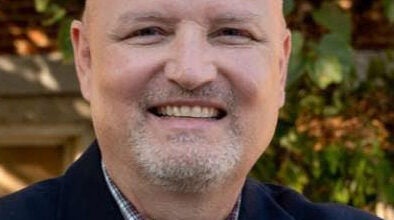EMA stages ‘dirty bomb’ mass casualty exercise
Published 11:55 am Thursday, October 24, 2019
|
Getting your Trinity Audio player ready...
|
STANFORD – The bomb blasts at First Southern Veterans Park last Thursday and all the bloodied and screaming victims left in the wake of the explosions were as fake as a Halloween beard. However, the four-hour, full-scale mock disaster drill still managed to provide a reality check for handling one of the most dreaded emergencies – the mass casualty incident.
One hundred seventeen emergency responders representing 22 agencies from five counties participated in the fake blast aftermath, according to Lincoln County Emergency Management Agency Director Don Gilliam.
The mock disaster centered around two fictional bomb explosions at the park, including a “dirty bomb” which released a plume of radioactive dust into the air. EMA Deputy Director Trish O’Quin coordinated the exercise.
Lincoln County High School students got a chance to see what would happen if there was a bomb explosion as they acted as “victims” of the mock disaster drill meant to test how emergency services might respond in a possible “dirty bomb” incident.
The script for the mass casualty incident began on the football field at Veterans Park where students had been dropped off for a school outing. As they gathered on the field, a bomb exploded on the opposite end of the field with shrapnel and a large plume of radioactive dust wafting towards where most of the students stood.
While the students, who had injuries ranging from open head wounds and exposed internal organs to injured limbs and respiratory distress, waited for help to arrive, a second bomb went off on the hill above the field.
Law enforcement officers were the first on scene. As the students screamed, “He’s up there! He’s up there!” while pointing towards the hill, officers stood guard around the injured students.
Within a few minutes of the blasts, emergency responders started rolling into Veterans Park to assist. Unfortunately, those responders and the students begging for help had to wait due to the presence of the radioactive dust. Only after a Hazmat team came in with radiation detectors to check radiation levels, could the responders move in to help the injured.
Several students were in direct contact with the radioactive plume during the first blast and had to be removed to the Hazmat decontamination tent. One law enforcement officer also had to be decontaminated after he came into contact with those students while checking on them.
Following the exercise, responders gathered for lunch and to discuss what went well and what could be improved as far as their response to the “dirty bomb” scenario.


